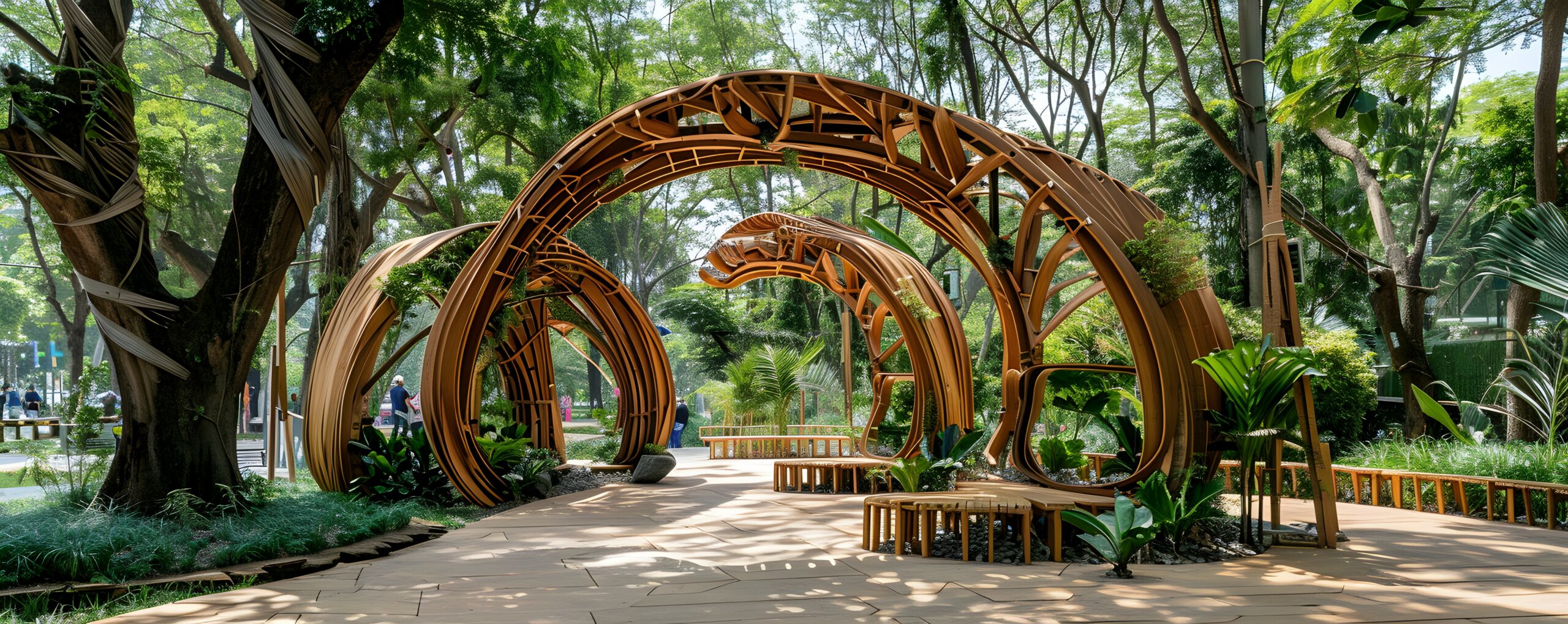By Les Roberts, Director of Miami Fine Art Gallery
As the world grapples with pressing environmental issues, the art world is increasingly turning its attention to sustainability. Artists and galleries alike are recognizing the importance of adopting eco-friendly practices, not only to reduce their environmental impact but also to inspire change through art. At Miami Fine Art Gallery, we are committed to supporting sustainable art practices and fostering a dialogue about environmental stewardship within the art community. In this blog, we will explore how artists and galleries are responding to environmental challenges and the role of sustainable practices in shaping the future of the art world.
The Environmental Impact of the Art World
The art world, like any other industry, has a carbon footprint. The production, transportation, and display of artworks often involve significant resource consumption and waste generation. Traditional art materials such as paints, solvents, and canvases can have environmental implications, while the global art market’s reliance on shipping and travel further contributes to its ecological impact.
Recognizing these challenges, many artists and galleries are now seeking ways to minimize their environmental footprint. From using sustainable materials to reducing waste and energy consumption, the art world is beginning to embrace more eco-conscious practices.
Artists Leading the Way in Sustainability
Artists have long been at the forefront of social and cultural movements, and sustainability is no exception. Many contemporary artists are incorporating environmental themes into their work, using their art to raise awareness about climate change, conservation, and ecological issues. These artists are not only addressing environmental concerns through their subject matter but also through their choice of materials and methods.
For example, some artists are turning to recycled and reclaimed materials, creating stunning works of art from what would otherwise be discarded. Others are experimenting with natural, non-toxic pigments and biodegradable materials, reducing the environmental impact of their creations. By reimagining traditional practices and embracing innovation, these artists are setting new standards for sustainability in art.
Sustainable Practices in Art Galleries
Galleries play a crucial role in promoting and supporting sustainable art practices. At Miami Fine Art Gallery, we have taken several steps to reduce our environmental impact and encourage sustainability within our community. These include:
- Energy Efficiency: We have upgraded our lighting systems to energy-efficient LED bulbs, which not only reduce energy consumption but also provide superior lighting for our exhibitions. Additionally, we ensure that our heating, ventilation, and air conditioning (HVAC) systems are optimized for energy efficiency.
- Sustainable Sourcing: We work closely with artists who prioritize sustainability, sourcing works that align with our commitment to eco-friendly practices. By showcasing art that is both beautiful and responsible, we aim to inspire our clients to consider sustainability in their own collections.
- Waste Reduction: We have implemented waste reduction strategies, such as recycling programs and the use of digital catalogs, to minimize paper waste. Our packaging materials are also chosen for their environmental benefits, using recycled and biodegradable options wherever possible.
- Community Engagement: We believe in the power of education and collaboration to drive change. Through workshops, talks, and partnerships with environmental organizations, we aim to raise awareness about the importance of sustainability in the art world and beyond.
The Role of Technology in Sustainable Art
Technology is playing a pivotal role in advancing sustainable practices in the art world. Digital tools are enabling artists and galleries to reduce their reliance on physical materials and traditional methods, paving the way for more eco-friendly alternatives. Virtual reality (VR) and augmented reality (AR) are being used to create immersive art experiences that do not require physical resources, while digital platforms allow for the sharing and selling of art without the need for transportation or packaging.
Blockchain technology is another area of interest, particularly in the realm of digital art and non-fungible tokens (NFTs). While the environmental impact of blockchain has been a topic of concern, efforts are underway to develop more energy-efficient blockchain solutions. These advancements hold the potential to revolutionize the art market, providing a more sustainable way to authenticate and trade art.
Challenges and Opportunities
While the shift towards sustainability in the art world is gaining momentum, it is not without its challenges. The cost of sustainable materials and technologies can be prohibitive for some artists and galleries, particularly smaller or emerging ones. Additionally, there is a need for greater awareness and education about the importance of sustainability and how it can be integrated into art practices.
However, these challenges also present opportunities. By embracing sustainability, artists and galleries can differentiate themselves in a competitive market, attracting environmentally conscious collectors and patrons. Moreover, the art world has the power to influence public perception and behavior, using art as a tool for advocacy and change.
A Vision for a Sustainable Art Future
At Miami Fine Art Gallery, we envision a future where sustainability is at the heart of the art world. We believe that art has the power to inspire and transform, and by adopting sustainable practices, we can contribute to a more resilient and responsible future. As we continue to navigate the intersection of art and the environment, we are committed to supporting artists who share our vision and leading by example in the pursuit of sustainability.
In conclusion, the art world is uniquely positioned to address environmental challenges and promote sustainability. By embracing eco-friendly practices, artists and galleries can reduce their impact on the planet while inspiring others to do the same. At Miami Fine Art Gallery, we are proud to be part of this movement, and we look forward to continuing our efforts to create a more sustainable and vibrant art community.
